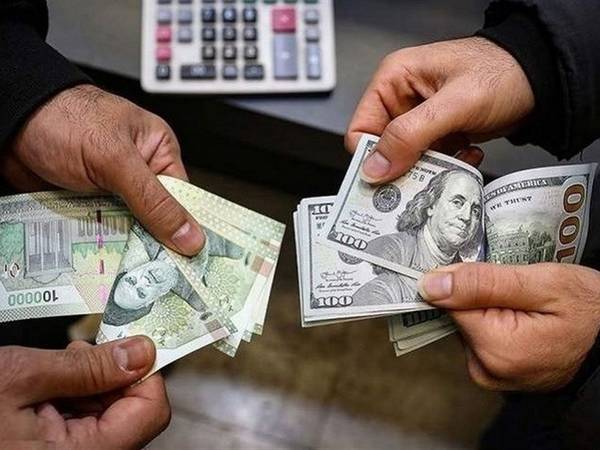Iran’s currency, rial, rose against major currencies on Wednesday after reports last week said Tehran had used some of its unblocked funds kept in Oman.
The rial broke through the psychological barrier of 500,000 per dollar, closing at 49,800 after a gradual rise this week. Although the change was around one percent, it was the first time since early October the rial broke through the 500,000 threshold.
The rial sharply strengthened in June when for the first time the United States offered Iraq a waiver for the release of $2.7 billion of Iranian funds frozen because of Washington’s sanctions. Later the waiver increased, allowing Iraq to send around $11 billion to Oman, where Iran can access the funds, presumably to import non-sanctionable goods.
Iraq imports gas and electricity from Iran but due to US banking sanctions imposed on Iran, could not pay its debt in hard currencies until this June.
The Biden administration released another $6 billion of Iran funds in September that was blocked in South Korea. Five American dual nationals were released from Iranian prisons in exchange for what some said was history’s largest ransom. It is not clear why the Biden administration released $11 billion from Iraq. A large part of the money was unblocked after the Hamas attack on Israel. Iran is the top financial and military backer of the Palestinian militant group.
The rial has fallen 12-fold since 2018, when the Trump administration withdrew from the 2015 nuclear deal with Iran and imposed ‘maximum pressure’ sanctions.

